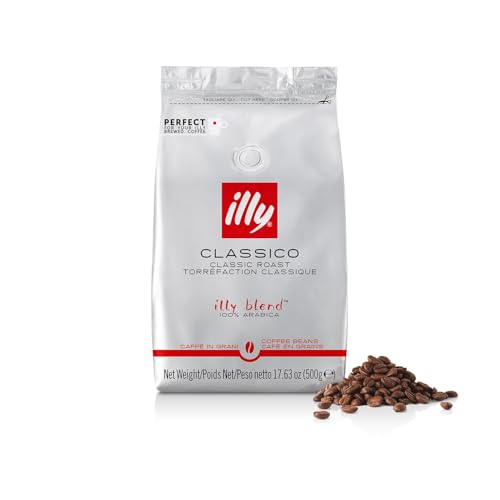If you’ve ever browsed coffee bags or specialty roaster websites, you’ve likely seen tasting notes like dark chocolate, stone fruit, or even hint of jasmine. But how accurate are these descriptions? Are they just fancy marketing terms, or do they actually reflect something real in your cup?
Let’s break down what tasting notes really mean and how you, as a home brewer, should approach them.
What Are Coffee Tasting Notes?
Tasting notes are descriptive terms used to explain the flavors perceived in a particular coffee. They are not ingredients added to the beans but rather natural flavor compounds that develop during growth, processing, roasting, and brewing.
These notes can range from simple terms like nutty or citrusy to more complex profiles such as blueberry muffin or toasted almond. They are similar to wine tasting descriptors subjective, but based on sensory perception.
Where Do These Flavors Come From?
Coffee’s flavor is affected by multiple factors:
- Bean variety: Arabica beans generally have more nuanced flavors than Robusta.
- Terroir: Altitude, soil, and climate all shape flavor development.
- Processing method: Washed vs. natural processing can lead to brighter or fruitier notes.
- Roasting style: Lighter roasts preserve more of the original flavor, while darker roasts add bolder, toastier tones.
- Brew method and grind: The way you brew can emphasize or mute specific flavor elements.
Related article: How Coffee Roast Levels Affect Flavor: From Light to Dark
These factors combine to create a unique flavor fingerprint for each batch of beans.
Subjective or Science?
While tasting notes are based on real sensory experiences, they’re still highly subjective. Two people tasting the same coffee might notice different things depending on their palate, experience, and even what they’ve recently eaten.
However, professional cuppers use a standardized system (like the SCAA Flavor Wheel) to identify and record tasting attributes. This provides some consistency, though it still leaves room for interpretation.
Why Are Tasting Notes Important?
Even if you don’t detect blackberry compote in your morning brew, tasting notes serve a purpose:
- Guidance: They help you anticipate general flavor profiles. For instance, if you enjoy fruity coffee, look for notes like “berry” or “citrus.”
- Differentiation: They help distinguish between multiple products in a crowded market.
- Education: They encourage drinkers to explore and refine their palate.
So, while not everyone may taste “orange zest” or “hazelnut nougat,” the notes are a useful starting point for understanding a coffee’s character.
Recommended Gear
To truly explore tasting notes at home, consider these essentials:
- Coffee scale: Precision ensures consistent brewing ratios that highlight subtle flavors.
- Burr grinder: A consistent grind helps you extract flavor evenly.
- Pour-over setup (like a V60 or Chemex): Allows more control over extraction, ideal for picking up flavor nuances.
Next time you see “stone fruit” on a coffee label
Tasting notes may seem like marketing fluff, but they’re rooted in real sensory science even if your experience doesn’t always match the label. The more you practice tasting with intention, the better you’ll become at detecting and appreciating the subtle characteristics that make specialty coffee so enjoyable.
So next time you see “stone fruit” on a coffee label, don’t roll your eyes grab your kettle and see if you can taste it for yourself.












